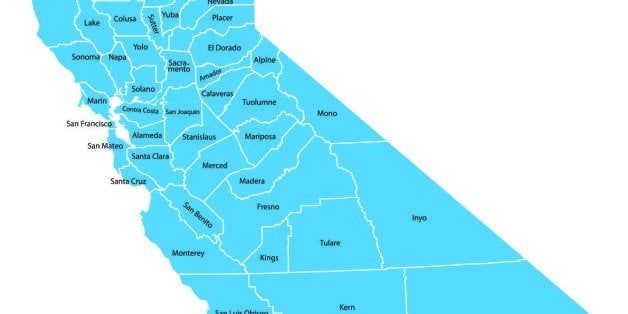
An American Genocide: The United States and the California Indian Catastrophe, 1846-1873, by Benjamin Madley and just published by Yale University Press, is the latest installment in an on-going controversy stretching back decades. The facts of the events are not in dispute.
Between 1846 and 1873, the first 27 years that California belonged to the U.S., the Indian population in California went from 150,000 to 30,000, an 80% decline. In the 1880 census, there were 16,277 Indians. The preeminent historian of California, Kevin Starr, wrote in California: A History, "60 percent of the deaths [were] attributable to disease, the rest to murder." (He adds that already California Indians "had been reduced by 90 percent since the arrival of the Spanish.")
Madley quotes Indian Affairs commissioner John Collier from 1935, "The world's annals contain few comparable instances of swift depopulation - practically, of racial massacre - at the hands of a conquering race." The murders were committed by, among others, the army, ranchers, volunteer militias (roving death squads), and bounty hunters who were paid for Indian heads and scalps. (There was also a thriving slave trade in women and children.)
Madley calls it a "killing machine." That killing machine was financed with the tax dollars of the state and federal governments and with the connivance of governors and U.S. senators. Extermination was openly advocated in newspapers. Madley says the slaughter in California "was more lethal and sustained than anywhere else in the U.S. or its colonial antecedents."
Despite facing vastly superior numbers and weaponry, there was Indian resistance. That culminated in the Modoc War of 1873 in which 53 Modoc warriors from a lava bed stronghold held off 1,000 U.S. soldiers and militiamen for 8 months with a final death toll of 83 U.S. and 3 Modocs.
The facts are not in dispute. However, the right word to describe them is. Conservatives want to label it a "tragedy" but not a "crime." At the opposite extreme is Murder State: California's Native American Genocide, 1846 - 1873 (2012) by Brendan Lindsay covers the same area as Madley's book but focuses more on the "processes and mechanisms of democracy" in that context. In Ethnic Cleansing and the Indian: The Crime That Should Haunt America (2014), Gary Clayton Anderson uses the definition of ethnic cleansing developed by the United Nations.
Madley uses the United Nations' definition of genocide to make his case. In one of the few other reviews of his book, The New York Times chastised Madley in an otherwise positive review for "shedding more heat than light" by using genocide. I think Madley makes his case for genocide, though he doesn't make the case for the practical advantages of using the term, so the controversy remains something of an academic teapot tempest. A more interesting question than nomenclature is how this could be so widely known inside the community of professional historians and so little known outside it. Madley describes it as "hidden in plain sight."
The murder of the California Indians has not been completely absent from the public arena: Ken Burns' 1996 documentary The West dealt with it extensively in one episode. As for the issue of Indian genocide generally: Hollywood director John Ford, responsible more than anyone else for making Indians the default villains of the formula Western, ended his career with Cheyenne Autumn (1964), in which he drew parallels, repeatedly and unmistakably, between the Holocaust and the mistreatment of Indians.
As a native Californian, I always had a vague sense growing up that something horrible had happened to the Indians of California, and the electorate may share that sentiment, considering how it approves almost anything for Indians. But probably one factor keeping this history hidden in plain sight is that same electorate's resistance to knowing specifically how its Golden State was built on a legal, state-sponsored mass murder of innocents.
The least we owe the victims is the truth and the least we owe our children is teaching them that truth. That means getting the facts from the specialists' books into history textbooks, those repositories of the national self-image.